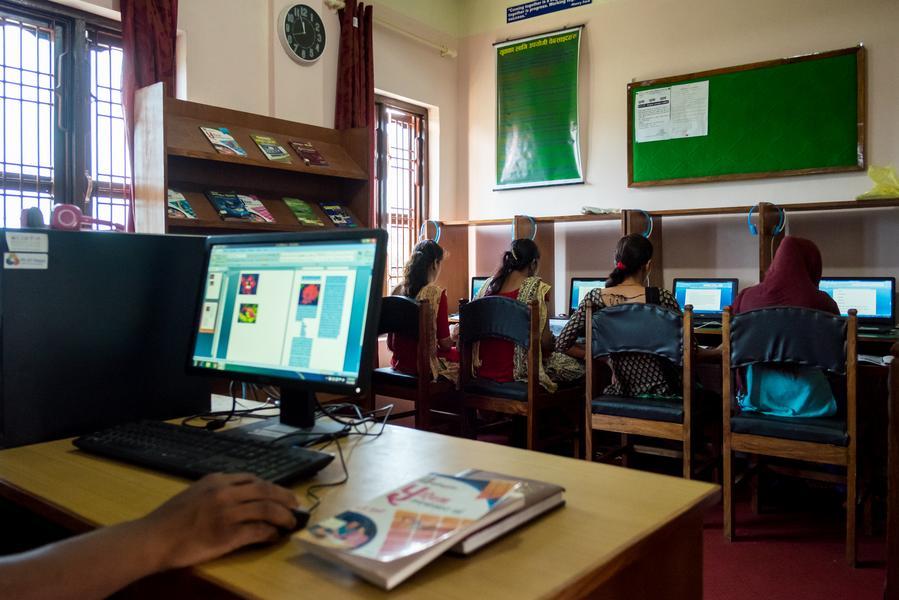Context and Issue
Rwanda's Vision 2020 aims to transition to a knowledge-based economy by integrating information and communication technology (ICT) across all sectors. The National Information Communication Infrastructure (NICI) plans outlined strategies for ICT adoption, including in the education sector. Initiatives like the One Laptop Per Child (OLPC) program were piloted, leading to the development of the ICT in Education Master Plan under the SMART Rwanda Master Plan 2015-2020. This plan extends ICT integration to all levels of education, emphasizing a comprehensive approach beyond device deployment. The SMART Classroom model, approved by the Cabinet in 2016, focuses on curriculum development, teacher training, resource allocation, and management systems. The ICT in Education Policy, aligned with international standards and goals like SDG 4, emphasizes ICT's role in promoting inclusive and equitable education. It aligns with global initiatives recognizing ICT's potential to bridge digital divides and enhance access to information and knowledge.
Solution
The SMARTClassroom initiative builds upon the OLPC program initiated in 2009 with support from Rwanda's President. The OLPC pilot, implemented in five schools nationwide, aimed for broad geographic coverage, including remote areas. It adhered to core principles such as providing each child with their own durable laptop, enabling students to take devices home, and ensuring internet connectivity and open-source software. However, challenges arose, including limited internet access in many schools. Learning from the OLPC pilot, MINEDUC tailored a nationwide initiative to suit Rwanda's context better. For instance, the goal of achieving 1:1 computing in primary schools was adjusted due to resource constraints, leading to improved program coverage by reallocating devices to schools with better infrastructure. The initiative was expanded to include secondary schools, and ICT usage was shifted to Grade 4 to maximize effectiveness. In 2015, MINEDUC launched the comprehensive SMARTClassroom initiative to expand ICT use in more schools, introduce additional devices like teacher laptops and projectors, develop digital content aligned with the national curriculum, and enhance teacher training efforts to meet growing demands.
Impact
ICT integration in primary and secondary education has significantly increased in Rwanda. By 2016, around 66% of primary and 50% of secondary schools were using ICT, with various devices like laptops and projectors being deployed. The pupil-to-computer ratio decreased, indicating improved access to computers for students. However, disparities persist between urban and remote schools. The SMART Classroom initiative has facilitated the integration of ICT into the curriculum, promoting practical applications of technology in education. The government is enhancing access to information through digitization and e-learning platforms, providing resources in both Kinyarwanda and English. These efforts aim to improve educational outcomes through technology-enabled learning experiences.












